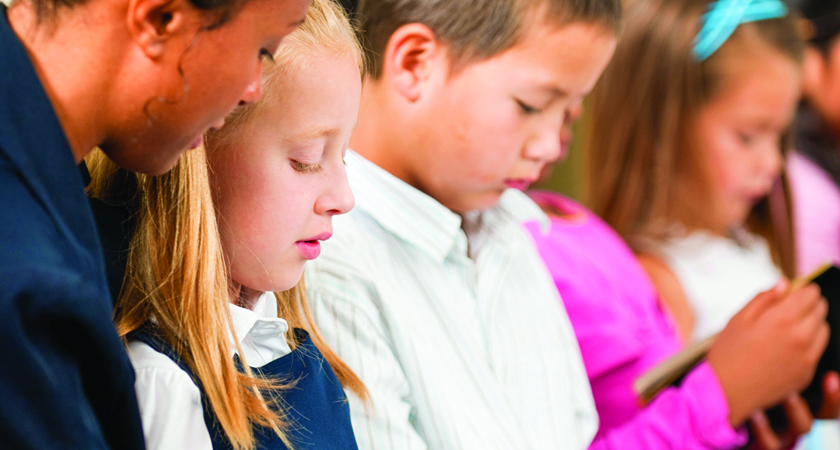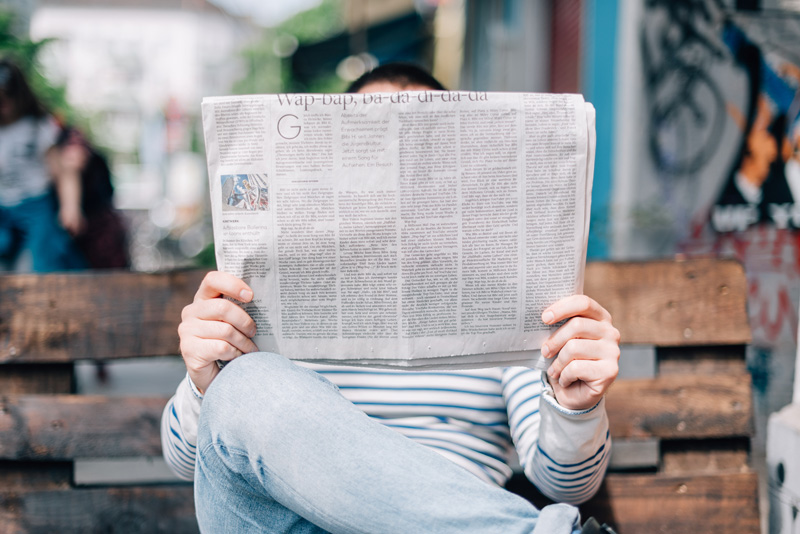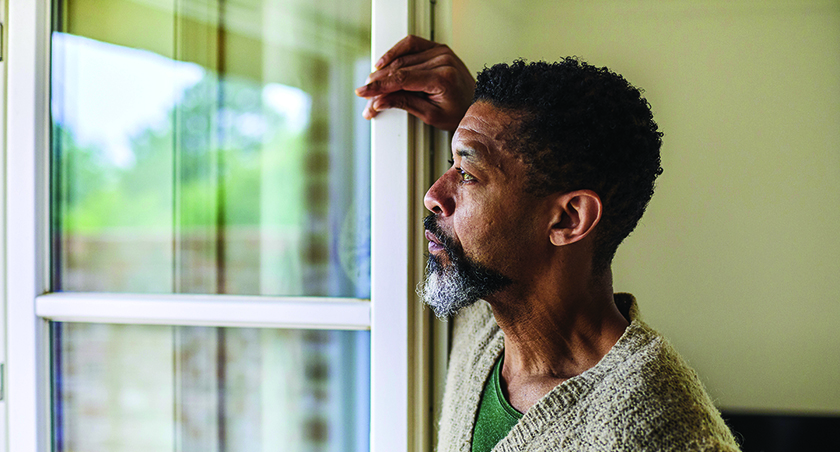Faith, freedom in action in troubled times – like now
First Five by the Freedom Forum Institute
Apr 16, 2020
By Blair Forlaw
Download Word doc here.
When public health disasters strike and times get tough, neighbors pull together to help neighbors. We deliver groceries, pick up prescriptions, sew masks and blankets, cook meals, provide transportation, assemble care packages, serenade, write cards and letters, check on vulnerable residents, donate resources and more. We reassure one another that our communities can and will come back even stronger than before.
Why do people give of themselves so freely when trouble comes around? When asked, they often say, “This is just what our community does” or “Helping one another is the American way.”
It is the American way, but in more respects than we might fully realize. Among the many helpers and hometown heroes are people who are putting their religious faith into action. The freedom to do so is assured us in the First Amendment.
Take a close look at the volunteer landscape and see literally hundreds of faith traditions that make America the most religiously pluralistic country on earth. Those faith traditions are represented by diverse people who step forward to do good things for others. Among the helpers also are individuals — now nearly one-quarter of all Americans — who ascribe to no organized denomination at all, but whose actions are guided by deep humanistic concerns. The religious and the humanist share not only a right, but a value.
Faith-in-action in times of trouble is nothing new in America. It is at least as old as the First Amendment that supports it. Consider these few examples, taken from our country’s history with public health epidemics.
- In 1794, Protestant reverends Richard Allen and Absalom Jones came to the defense of black Philadelphians who had put their health and safety at risk while removing and burying the bodies of people who lost their lives in the yellow fever epidemic. The ministers countered racist accusations of wrongdoing that were being leveled publicly against the workers. Jones’s and Allen’s pamphlet, “A Narrative of the Proceedings of the Black People, During the Late Awful Calamity in Philadelphia, in the Year 1793 and a Refutation of Some Censures Thrown Upon Them in Some Late Publications,” was widely read and debated.
- In 1864, Quakers from Indiana sent missionaries to Arkansas to establish an orphanage for children who had lost their parents to the ravages of smallpox during the Civil War. Most of these children were African Americans whose parents had escaped from slave plantations of the South and run to the relative safety of Union troop encampments, where they were protected as “contraband of war.” Smallpox, diarrhea and other communicable diseases felled many soldiers, civilians and families during the war.
- During the influenza pandemic of 1918, Rabbi Samuel Thurman of St. Louis spoke out forcefully in defense of the quarantine imposed on residents by city officials. Speaking of city leaders, including the chief of the local health board, who experienced resistance from many residents, the rabbi wrote: “Due to his determined action, St. Louis has been spared the terrible fate of other cities of its size and larger…. The price we are paying now is commensurately small compared with the gain and good we shall obtain in the end.” He was right. Because of early and decisive action on the part of city leaders, St. Louis had one of the lowest excess death rates in the nation.
- In Worchester, Massachusetts, members of the Catholic Women’s Club delivered clothing, food and comfort to influenza patients in 1918. On one day alone, they distributed large quantities of applesauce, pears, peaches, squash, lamb stew, meat pies, chicken soup, cornmeal muffins, johnny cakes, tapioca pudding and cocoa — prepared by volunteers and transported in their own vehicles to homes of those in need. Because most of the club members were schoolteachers, their volunteer work stopped when the epidemic had subsided enough to reopen schools.
- When influenza struck again in pandemic proportions in 2009, the Inner-City Muslim Action Network (IMAN) provided free H1N1 vaccinations to low-income residents of the Southside of Chicago. The IMAN community clinic was established in the late 1970s to support health, wellness and healing among community residents, “beyond the barriers of religion, ethnicity and nationality.” In 2020, the clinic supports residents facing illness, economic insecurity, stress and isolation because of COVID-19.
Opportunities abound to put faith into action to support our neighbors during the COVID-19 pandemic today. Information about ways to help is readily available through churches, synagogues, temples, mosques, other houses of worship and faith-based community organizations. We can connect on social media, through virtual meet-up groups, online community bulletin boards and social media channels. Also, many Americans are acting alone on their own individual sense of faithfulness in their own neighborhoods.
After weeks of stay-at-home social distancing, we are looking forward to the day when we can resume life as we knew only a few months ago. Some commentators suggest that things will not be the same when we come out of the present difficulty: The old normal has been so shaken that a new normal will necessarily take its place.
Let’s hope that we move into that new normal stronger than we were before. And let’s hold fast to our First Amendment right to put faith into action to lift one another up in any troubled times that may lie ahead.
Blair Forlaw is a religious liberty specialist, developing a workshop program, “Leadership in a Multi-Faith Democracy,” for the Freedom Forum’s Religious Freedom Center.









